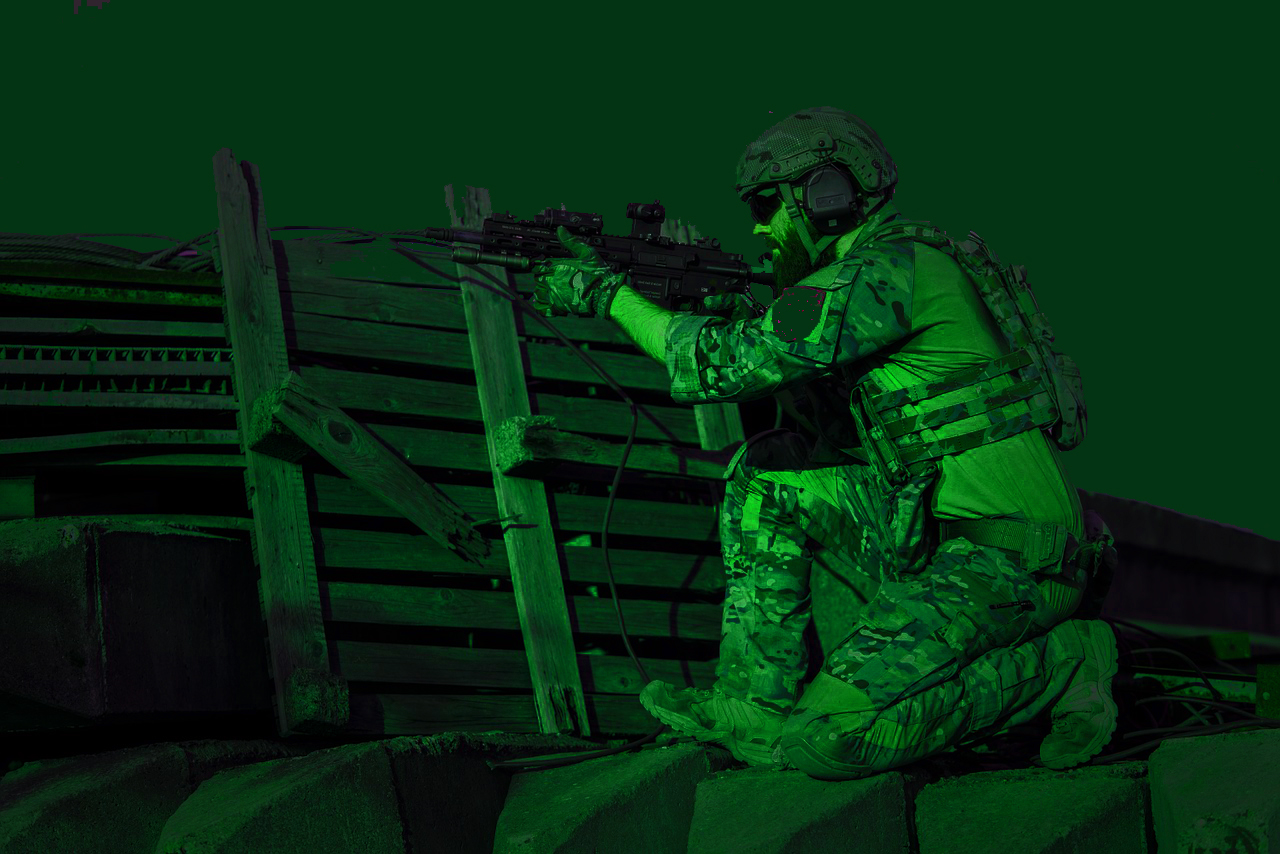Neutralization of criminals and military special operations are associated with a threat to the life of personnel. Therefore, we do not recommend saving money on equipment. The cost of night and thermal scopes that can be found on the market can range from a few hundred to thousands of dollars.
On the hunt, a threat to life can also arise. You really can’t save money here. The cost of a good thermal sight is likely to be high. We recommend buying a night vision sights 2+ and 3 generations of image intensifier tubes.
Technical characteristics of thermal imagers and night vision devices
For most night hunts, you need a visibility of about 150 meters. In the thermal imager, only the contours of the animal are indicated, but this will be enough for an experienced hunter. The more expensive the thermal imaging sight, the more detailed and contrasting the image will be. It is best to combine a good night sight and an inexpensive thermal imaging monocular.
The important characteristics of night vision devices are the resolution, sensitivity and quality of the optics. The technological generation of the equipment determines the distance from which an object can be observed and the minimum level of illumination.
The thermal imager is designed differently. When choosing it, you need to consider:
- Resolution of the microbolometric matrix (how many elements of the sensor fit on its area). Usually, the number of pixels is indicated, for example, 348×288 and the pitch (25 or 17 microns for civilian devices). The higher the value of the matrix resolution, the higher the values of the angle of the field of view at the minimum magnification.
- Frame rate. The image on the screen of the thermal imager is refreshed many times per second (from 9 to 60Hz). The higher the frame rate, the less fading and trailing of moving objects. It is especially important for scopes, because a wild boar running at a speed of 10 m/s moves 20 cm in one frame.
- Appliance noises. Additional image noise that occurs in the microbolometer matrix during operation. The lower the noise level, the better the device. Modern thermal imaging devices have various calibration modes that can significantly reduce noise.
The range at which it is possible to see, recognize and observe an animal or a person in a thermal imager depends not only on the sensor, optics or electronic filling of the device. It is essential to take into account the characteristics of the object, the background, the ambient temperature, the purity of the atmosphere, and much more.
Cost of equipment
Night vision devices, depending on the model, can cost differently. Directly for a shot, a first-generation sight is sufficient, since the distance is limited by the ability of the weapon and the rules of hunting. Usually it does not exceed 150 meters. But for tracking and observing animals, it is better to use night glasses or binoculars.
Thermal imagers are much more expensive. For the simplest equipment, you will have to pay the cost of two first-generation night sights. The most functional modern sight costs about several tens of thousands of dollars.
It may seem that cheap thermal imagers do not exist. And there is an explanation for this. The sensors required for their production are made only in the USA, Israel, France and China. The export of samples in service is prohibited. New civilian models of thermal imaging sights for hunting appear constantly. But their cost is not less than 4-5 thousand dollars. The same applies to night vision devices.
What’s better
Can’t be compared. Night vision devices and thermal imagers are completely different in purpose, capabilities and price availability. Ideally, they should complement each other and be applied together. That is why manufacturers are now actively engaged in the creation of two-channel devices.

“Beer practitioner. Pop culture maven. Problem solver. Proud social media geek. Total coffee enthusiast. Hipster-friendly tv fan. Creator.”





